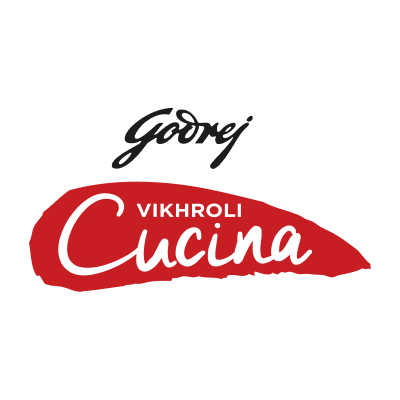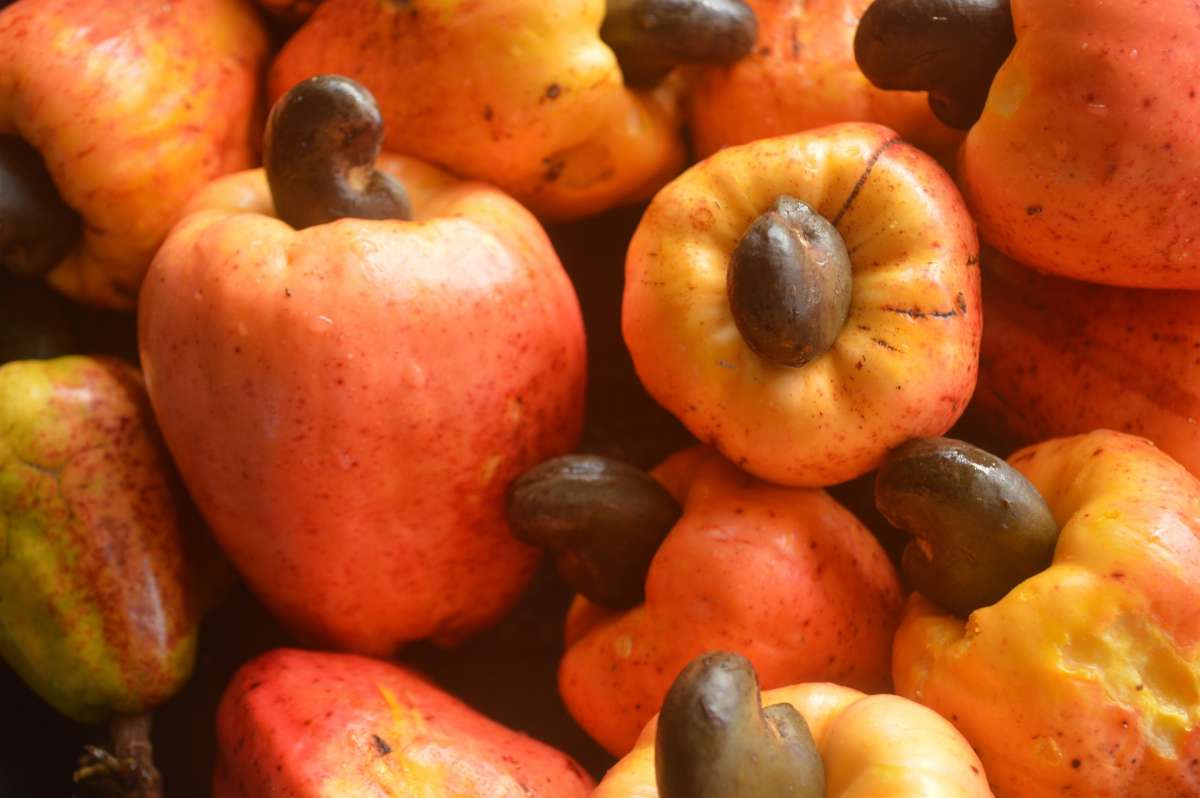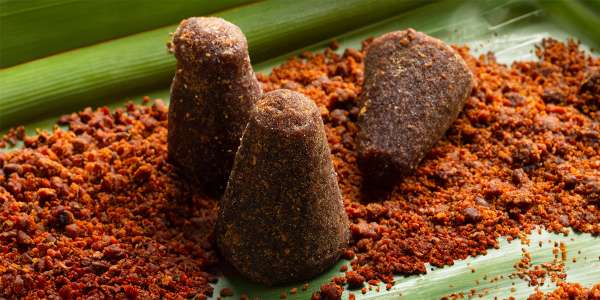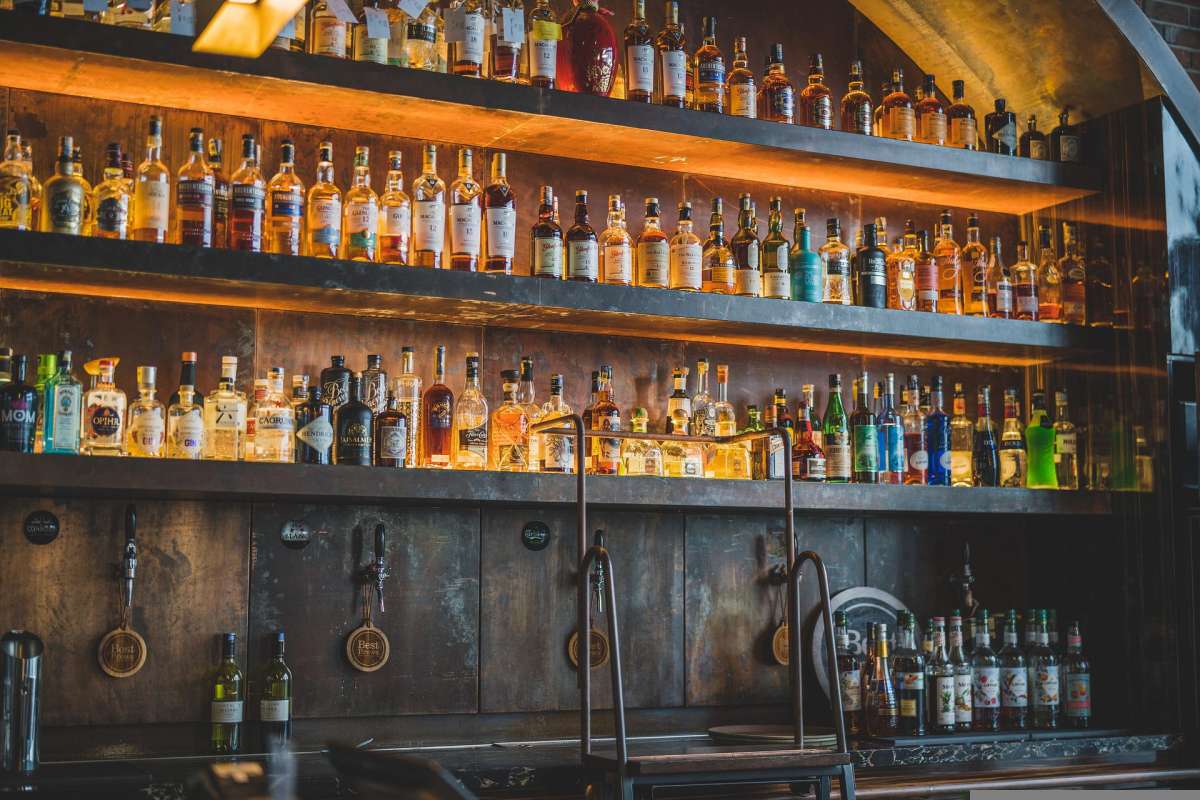
Rise of the regional beverages
With regional alcohols receiving government nods, the trade in local indigenous alcohols is booming

“Zero-proof beverages and mixers with unique flavours are a positive movement in the beverage industry. With many brands focusing on creating boutique, handcrafted blends this is creating a mass appeal for people looking to up their beverage intake options.”
-Nikhil Merchant, Culinary Director - Imli, Los Angeles (Godrej Food Trends Report, 2022)
Goa’s feni has been a common reference to the state’s local alcohol, but today it’s exceeding its original image. Distillers from the state are working to enhance the appeal of this local drink and not limit it to regional palettes. Similarly, distillers from across the country are trying to spread the word on the unique local beverages which carry with them the state’s symbol and history. Here are some local alcoholic beverages that are specific to each region of the country.

Feni
Unfortunately, regional alcoholic drinks cannot be sold throughout the country due to a range of excise laws. Hence one has to visit the state, in order to enjoy these local beverages.
In spite of this barrier, within the state, distillers have gone above and beyond to enhance the taste of these local drinks. In Goa, ‘Cazulo’, one of the oldest makers of bottled feni gives visitors a tour of the feni making process and serves them with not just feni, but different cocktails that break away from the lacklustre image of the drink.
Mahua
Mahua, a forest flower grown in the eastern and northern plains of the country such as Chattisgarh, Jharkhand, and Orissa, is fast-growing trade thanks to the heritage label it received in 2021. Home distilled by the Adivasi communities, this drink got a big push in 2020 when the national government promoted and marketed the Mahua Nutribeverage (with only 5% alcohol content) to promote the Adivasi communities through such sales.
Rice beer
Brewed using traditional methods, rice beer is consumed by the people of north-eastern tribal communities. The different tribes of North-east India, each have their own method of making rice beer. The half-boiled rice, mixed with different herbs and spices, is fermented over several weeks, after which it is consumed in the form of a beer. The folklore, songs and various styles of folk dance in the north-east, all convey the importance of brewing rice beer to forge a strong bond between nature and mankind. Take for instance, Xaj Pani (Ahoms tribe), Judima (Dimasa tribe), Photika (Kacharis tribe), to name a few.
Toddy
Down south, the sap from palm trees is also collected across the coastal regions of Kerala, where it is locally sold in the form of kallu. The sap is first extracted and collected by a tapper who fastens an earthen pot to the cut flower stump of the palm tree to collect the liquid. The white sap collected in the pot is sweet and non-alcoholic before it is fermented.
Within two hours of fermentation, it yields an aromatic and intoxicating wine with a 4% alcohol content. For further fermentation, the container is buried in the ground for a day to yield a stronger, more acidic taste.
Chaang, Ladakh
Popular across the Himalayan states, it is made from finger millets, boiled, dried into cakes and fermented for a couple of months. It is consumed by adding water to it.
What are some more indigenous alcohols you have loved? Tell us in the comments section below
Conclusion: Godrej Food Trends Report 2022 – the detailed 95-page edition is available for download at www.vikhrolicucina.com
Tags
0 Comment
You may also like
-

Features The most craved TV food that sparked global cravings
by Vikhroli Cucina
-

Features The Culinarian's Take: The ultimate holiday wine picking guide with Sula Vineyards
by Vikhroli Cucina
-

Features How India eats when the weather turns cold
by Vikhroli Cucina
-

Features What Indian childhood memories taste like…
by Vikhroli Cucina

